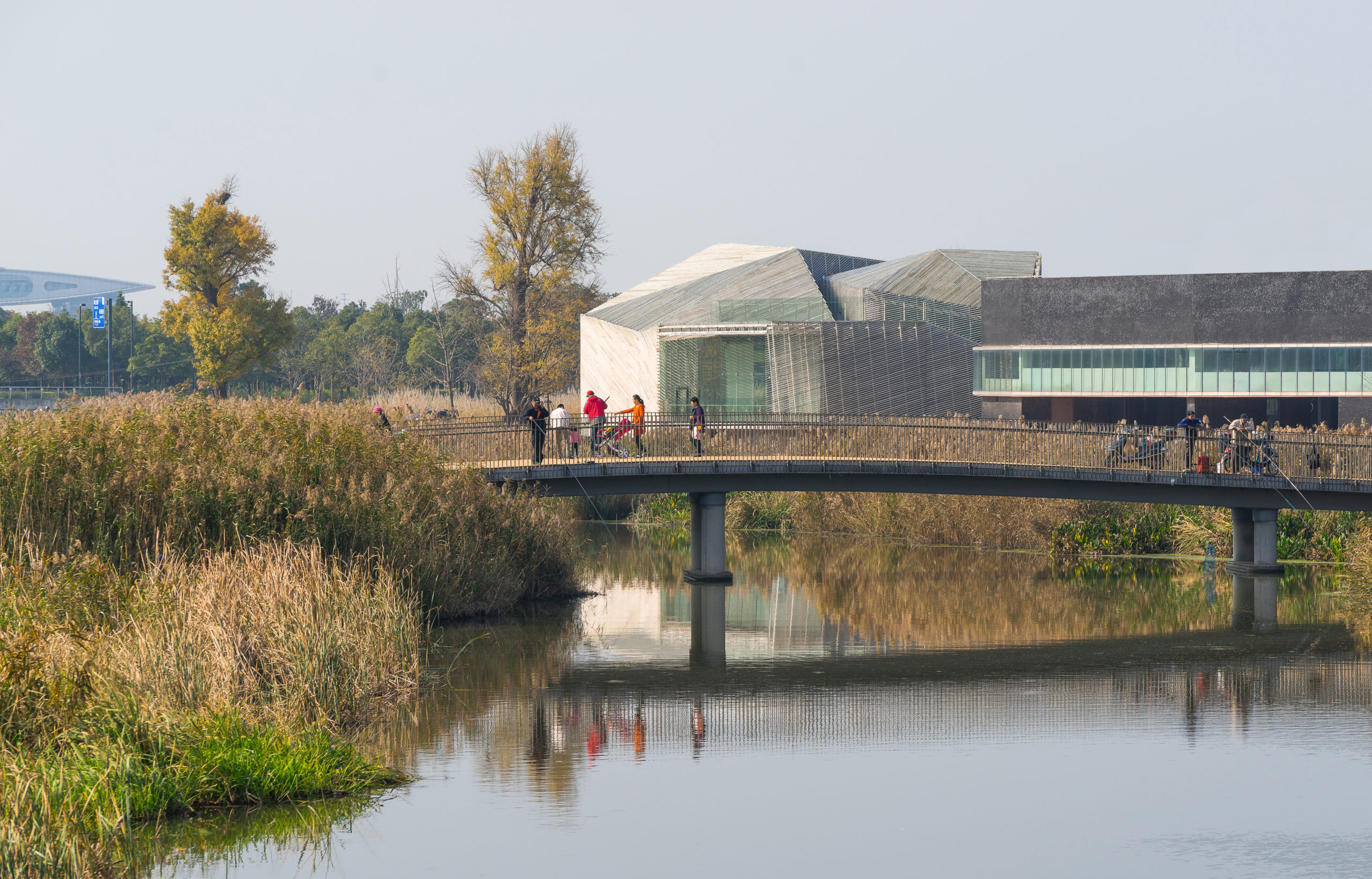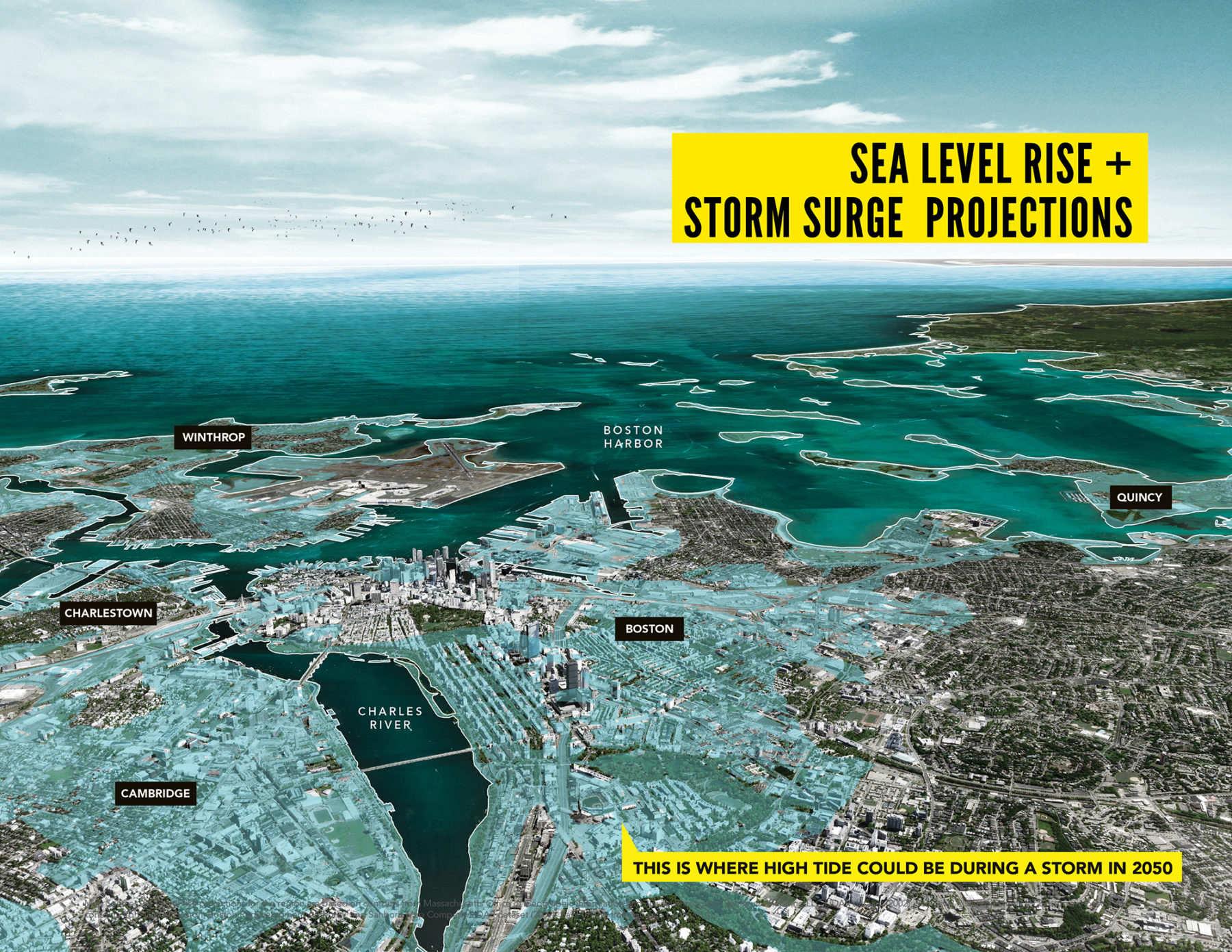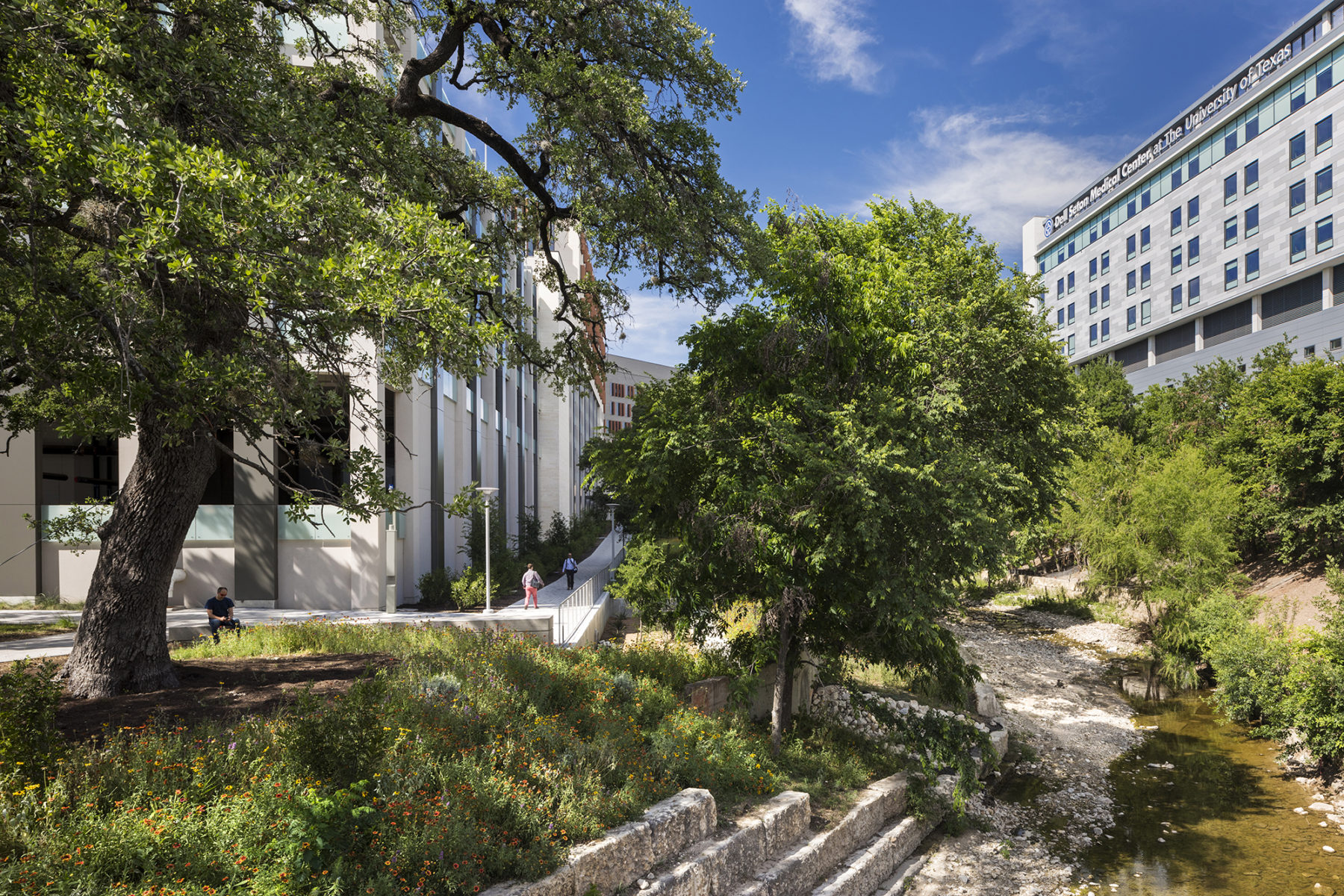Grove and Zhang on Design, Ecology, Resiliency, and Research

 Sasaki
Sasaki

Sasaki principals and landscape architects Michael Grove, ASLA and Tao Zhang, ASLA engaged in “A Discourse on Landscape Architecture: At the Intersection of Design, Ecology, Resilience and Research” in the August issue of the Chinese publication, Landscape Architecture Frontiers (LAF).
Within this dialogue, Grove and Zhang define the oft-used terms “ecology” and “resilience” as pertains to practice; examine how Sasaki navigates the intersection of aesthetic form and ecological function in project work; and elaborate on how the profession of landscape architecture continues to evolve by integrating other disciplinary perspectives, new scientific knowledge, and political advocacy.
Read on for the article abstract and select quotes from the piece, as well as access to the full article on ISSUU, below:
Most of the pressing challenges in the Anthropocene era are ecological, such as climate change and environmental degradation, all with profound impacts on socio-economics and equity. While ecology and resilience are among the most salient topics in contemporary landscape architecture, their inherent relationship and differences have deep implications on practice. The authors argue that ecology is all-encompassing and has a strong focus on system complexity without biasing or favoring any specific species or parts of the ecosystem. Resilience, when discussed in the context of planning and design, however, embodies a strong human-centric element. Ecocentric vs. anthropocentric perspectives provoke further discussion around an evolving relationship between ecological function and aesthetic forms that have been heavily informed by cultural and societal contexts.
Most of the pressing challenges we face in the Anthropocene era are ecological, such as climate change and environmental degradation, all with dramatic impacts on socio-economic equity. Resilience, when discussed in the context of planning and design, however, embodies a strong human-centric element. While ecology embraces change as a dynamic process, the anthropocentric premise of resilience design understandably safeguards the present system and maximizes its durability in the face of uncertainties—even though the present system may be flawed.
We need to... find a mindful balance between the ecological processes and societal wellbeing.
As landscape architects, we need to not only understand deep ecology, but also have the responsibility to promote resilience, in order to find a mindful balance between the ecological processes and societal wellbeing.

Sasaki’s original research project, Sea Change
Landscape architects should advocate for a new reference for aesthetic forms in the era of environmental awakening and actions. For example, wetlands are sometimes still characterized as swamps or wasteland. Studies have shown that wetlands are among the most productive and valuable, yet threatened ecosystems. Encouragingly, in recent years, the aesthetic appreciation of healthy and functional landscapes such as wetland parks, meadows, and prairie has grown [as evidenced in the landscape design for the UT Austin Dell Medical Campus below].

University of Texas at Austin’s Dell Medical Center, a landscape master planning project
Collaboration is the only way to make significant progress on the complex environmental challenges the world faces today. The scope of collaboration is beyond ecology per se, as socio-economic and cultural aspects of the challenges are equally important and intertwined with the environmental issues. Stakeholders, community members, and underrepresented demographics are among our collaborators as well as professional designers.
Collaboration is the only way to make significant progress on the complex environmental challenges the world faces today.
At Sasaki, we have almost the full spectrum of design disciplines under one roof: planning and urban design, landscape architecture, civil engineering and ecology, architecture and interiors, technological innovation, and graphic design. We do not have the ego to believe that we, as landscape architects, have the full body of knowledge to solve today’s complex urban issues. We know what we do not know, and that is our strength.
The best way to examine the ecological performance of a landscape is scientific evidence. We have had the success conducting some post-occupancy studies, independently or through collaborations with research institutions or professional foundations such as the Landscape Architecture Foundation’s Case Study Investigation (CSI) program.
However, such evaluations are rarely part of the design scope nor financially incentivized. Because landscapes are often perceived as a public amenity, unless a more pressing economic value is assigned to understanding the social and environmental benefits of landscapes, it is challenging to expect clients to prioritize such research. It is a missed opportunity to both learn from our work as designers and to educate the public to promote ecological successes with unbiased evidence.
The application of scientific knowledge has often been, to date, inadequate in planning and design even though landscape science has made significant progress in the past few decades. The scope and timeframe of each discrete project rarely allow exhaustive scientific investigation because each project is unique regarding its context and challenges, while practitioners are pressured to make timely design decisions in the compressed project schedule.
We continue to seek the right balance between expanding our knowledge base and making the best-informed design decisions... It is an artful balance between knowledge and creativity.
This gap is further amplified when the work is in rapidly urbanizing areas such as China where unprecedented rural to urban migration is spurring development at massive scale and pace. We are aware that complete knowledge is unrealistic as we continue to seek the right balance between expanding our knowledge base and making the best-informed design decisions based on the available knowledge. It is an artful balance between knowledge and creativity. Albert Einstein alluded that knowledge as an anchor connects us with the past, but imagination leads us to the future.